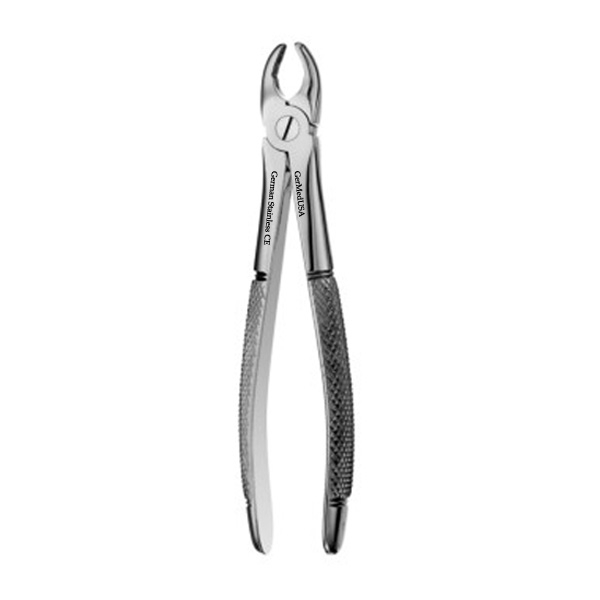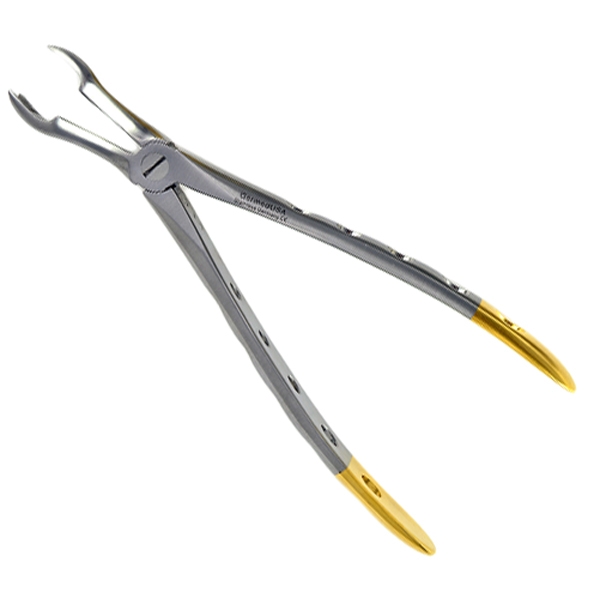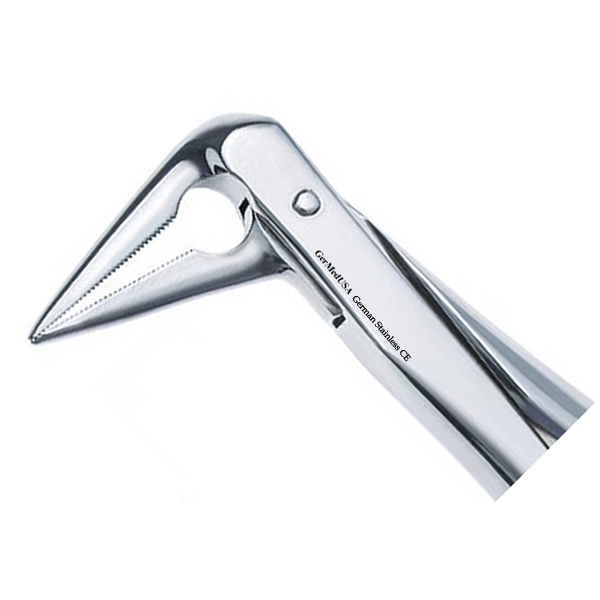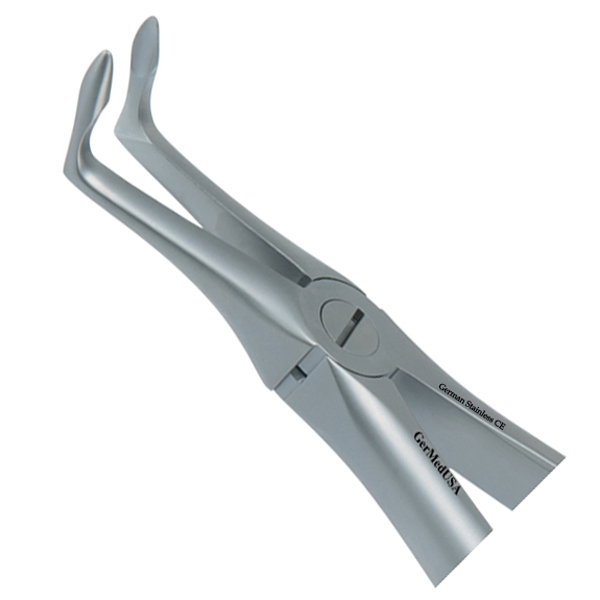Though permanent teeth were meant to last whole life, there are many reasons tooth extraction is needed. The complete tooth extraction procedures involve the use of a number of tools. The selection of these dentistry instruments becomes a nightmare if you ignore the quality. Among all, Dental Extraction Forceps have central importance. It not only helps in removing the tooth from the socket but luxates before removal. So, it causes less damage to the surgical site.
Dental Extraction Forceps Assist in Less Traumatic Tooth Extraction Procedures
There are different designs of Dental forceps that help dentist to perform better in dental procedures. The different designs for Extraction forceps are for specific areas in the mouth. There are different forceps for anterior teeth. A different one for premolars and different ones for posterior teeth. Different extraction forceps are for pulling out Broken down teeth and roots. Their beaks are designed to grasp the cervical area of the crown. Pointed beaks of these forceps are used to grasp the furcation area of the tooth.
Different Types of Dental Extraction Forceps
These forceps are manufactured in a wide range of variations to accommodate general dentists in multiple patient cases. Have a look at the following types of forceps!
Maxillary Anterior Teeth Forceps
They have narrow beaks, and there is no space between the blades. These are used for upper anterior teeth. Also, the beaks are straight and conical to conform to the tooth's shape. Besides that, they can also come in use for retained anterior roots. These are useful for both the right and left upper quadrants.
Maxillary Canine Forceps
These forceps are straight forceps with heavy blades. There is no space between their blades. They come in use for the removal of maxillary canines. They can also be used for the removal of maxillary central incisors. The same canine forceps come into use for both Rights and left quadrants of the mouth.
Atraumatic Upper Molar Forceps
Molar forceps have two bends. The buccal blade has a projection, and the palatal blade is smooth. Buccal blade projection fits the bifurcation of the roots of the maxillary molars. In addition, there are separate forceps for right and left. These are for the removal of teeth from the right and left quadrants.
Forceps For Lower Anterior Teeth
These forceps are for the removal of the lower anterior teeth. The blades are perpendicular to the long axis of the handle. Also, there is no space between the blades. Therefore, teeth from the right and left quadrants are extracted with the same lower anterior forceps. Forceps for canines are heavier. Also, there is no space between the blades. Therefore, teeth from the left and right quadrants are extracted with the same forceps.
Lower Molar Forceps
These dental extraction forceps have heavy blades for the removal of big mandibular molars. There is a space between the beaks of the instrument. Furthermore, both blades have a projection. These forceps are also known as cow horn forceps due to their shape. During extraction, the beaks get hold of the bifurcation of the tooth. This uses less force, and the tooth is pulled out. The handle of the lower molar forceps instrument may be curved to aid in a firm grip.
Atraumatic Root Extraction Forceps
During root extractions, a lot of trauma is involved. Conventional tools don't prevent trauma to soft tissues during the extraction of roots. This dentistry instrument, in comparison, has long beaks to grip the root inside the socket. These long beaks help make extractions Atraumatic and hassle-free. Furthermore, it has bumps on its handles to aid in a firm grip of the instrument.





